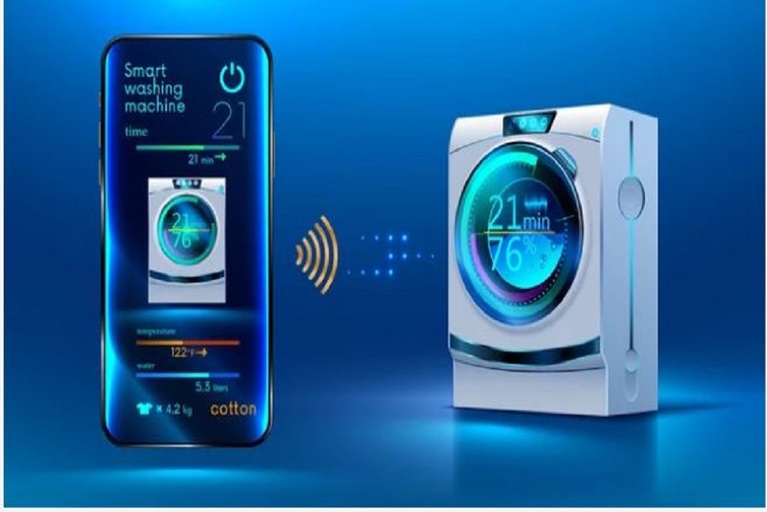
Cleaning clothes was always a cumbersome task. But the invention of the cloth washing machine changed the game. Let’s have a look at its journey. In the 1400s an Italian Jacop Strada develops one of the first mechanized clothes washing machines. After that many designers and manufacturers played their role in the development of this machine. The first electric washing machine was made by an American inventor Alva John Fisher and in 1910 he patented a washing machine powered by a small electric motor and this machine was equipped with the self-reversing gearbox. This self-reversing gearbox was responsible to reverse the direction of the machine motor. This mechanism ensured that clothes were not compacted into a solid mass. Later on in 1937 two persons John W Chanberlin and Rex Earl Basaett of Bendix Home Appliances, Detroit, Michigan developed the first automatic washing machine (according to their words automatic word expressed that “washing, rinsing and drying machine operating automatically according to a definite cycle”). In 1976 another home appliances company Servis launched a washing machine with the world’s first computer-controlled clothes washers, with futuristic push-button controls.
This is a brief history of this gadget. Here we are going to discuss the about “Smart Washing Machine”. Before going into deep first of all we need to know, what is a smart washing machine?
What is a Smart washing machine?
A smart washing machine is similar to a simple manual, semi-automatic, or fully automatic washing machine but one function makes the difference. The smart washing machine can be connected to a domestic or household Wi-Fi network in the same manner as other communication devices like tablets or smartphones. After that, you can use this gadget to your smartphone, tablet, smart speakers and control its functionality via using an application.
Units of this gadget:
Every washing machine either it is smart or non-smart has almost similar mechanical and electrical motor units. But electronic units are totally different from each other. Here we are going to inside the smart washing machine and will find out their main functional units. And these are given below:
- Sensors
- Control unit
- Display panel
- Water pump
- Spinning motor
- Heating element
Sensors:
In smart or high-end washing machines, several sensors provide real-time monitoring and feedback to improve functionalities. Some of the popular sensors are given below:
- Thermistor
- Rotor position sensor
- Water level sensor
- Dirt sensor
- Vibration sensor
Thermistor:
The thermistor is generally a resistor that changes electrical resistance at varying temperatures. The name is derived from a mix of thermal and resistor. It is being used in washing machines because their electrical resistance at various temperatures is known as of result it’s easy for the washing machine to monitor a thermistor and detect when certain temperatures are reached. This sensor is mainly responsible to check the water temperature in the machine.
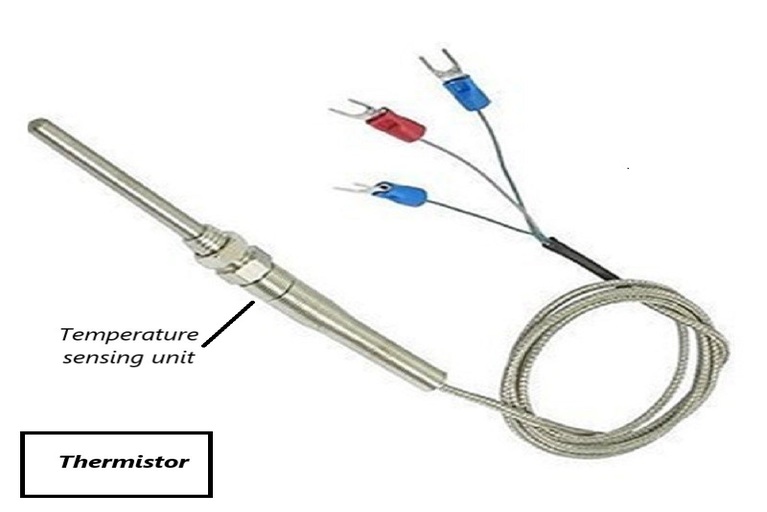
Thermistor – A temperature sensor
Rotor position sensor:
This is also known as a hall sensor. The rotor position sensor sends required electrical signals to the control board that makes sure that everything is running as it should. In short, the hall or rotor position keeps an eye on the washer’s motor to ensure it is working correct manner.
Water level sensor:
The water level sensor indicates the water level inside the washing machine. The working of this sensor is straightforward. It contains series of exposed copper traces on PCB. Here we are considering that 10 traces are present on the sensor. Five of them copper traces are known as power traces and the other five are sense traces. These traces are interlaced, which means there is one sense trace between every two power traces.

Water level sensor module
The series of these exposed parallel traces or conductors together acts as a variable resistor, whose resistance varies according to the water level.
Dirt sensor:
It is a type of optical sensor. A washing machine includes this dirt sensor for detecting the light permeability of washing solution or detergent. This sensor has two units, one is having a light source and another is having an optical detector. The control unit sends the required signal to control the luminous intensity of the light source. More specifically we can say that the control unit sets the luminous intensity of the emitted light such that an intensity of the light detected by the optical detector is equal to or greater than a stored reference value. Based on optical detector output various processing cycles of the washing machine are carried out.
Vibration sensor:
These sensors are being used in washing machines to detect vibration going above-set limits. This becomes important since mechanical vibration could start damaging the motor and pump units of the washing machine.
Control unit:
The control unit is based on the functions of one or more programmed micro-controller. Every smart washing machine has predefined and also customizable functionalities. This unit provides control signals to various sensors, a direct interface with the display unit, wireless connectivity like Wi-Fi, and much more. When a user commands the washing machine by using their smartphone or tablet, this unit first receives those commands and performs actions accordingly.
Display panel:
The display panel represents all the information or functionalities to the user on an LCD screen. For better operation, this panel contains a capacitive type touch screen. User can put their inputs to the screen and a smart washing machine performs operations based on these inputs.
Water pump:
The water pump is the common unit in most washing machines. This circulates the water through the machine by rotating in two different directions. It’s used for circulating the water through the wash period whereas also used for draining the water during the spin cycle of the machine. This is a small-sized motor that is being used for draining and circulation of the water inside the machine.

Spinning motor:
In a domestic washing machine, the split phase induction motor is being used for spinning the clothes during the washing period. The important characteristics of this motor are given below those are required in a washing machine:
- The starting torque of this motor is very high, which is approximately 150 to 200 percent of the full load torque.
- Due to their low manufacturing cost, split-phase induction motors are the most popular single-phase motors in the market.
- An important characteristic of these motors is that they are rotating at constant speeds. The speed variation is approx. 3 to 5 percent from no load to full load.
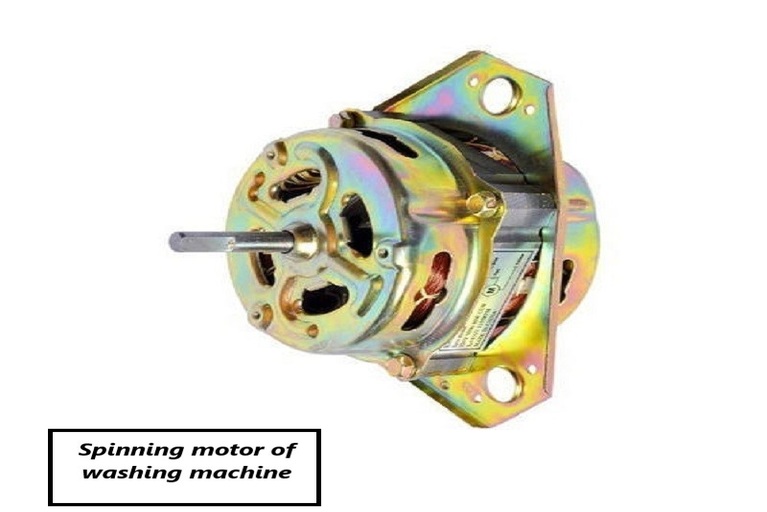
Spin motor of washing machine
Heating element:
This element is responsible to increase the temperature of water to provide better cleaning of clothes. it means that you can change the inside water temperature by using wireless connectivity or a display unit.
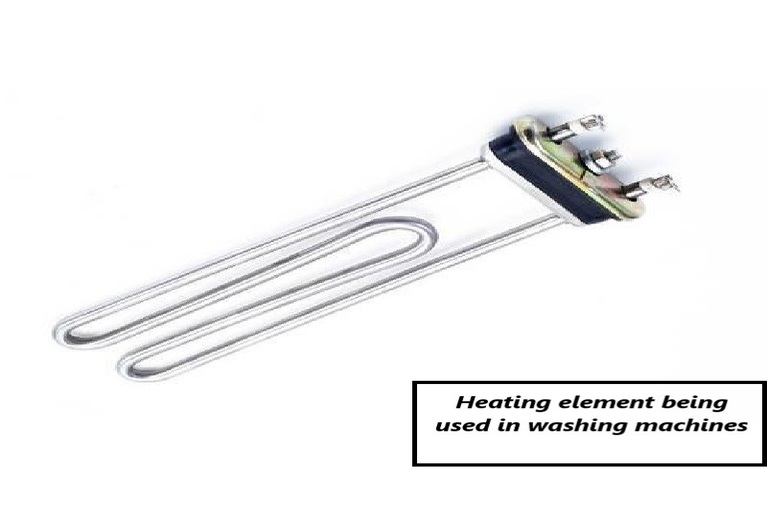
Heating element for washing machine
Features:
A smart washing machine has many features. Some of them are given below:
Remote or wireless control:
This gadget can be remotely controlled by using a mobile application, Voice assistant gadgets like Alexa over the internet or intranet.
Auto-dosing:
Few machines have smart features like auto-dosing. It can adjust the amount of detergent based on the number of clothes.
Automatic Program Selection:
The smart washing machine will detect the auto wash program after filling in some simple details.
Thanks for reading. See you soon with another exploration!

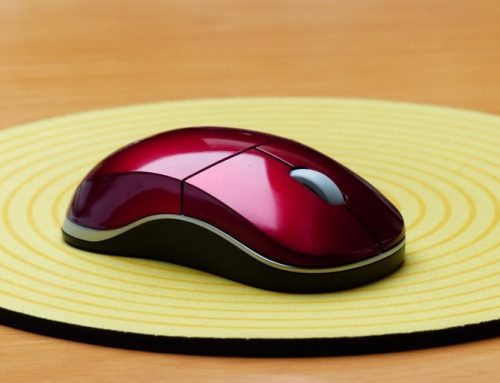

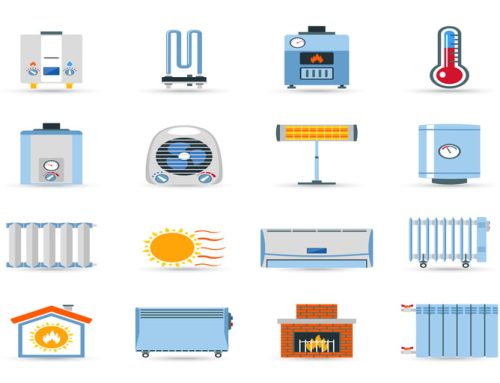
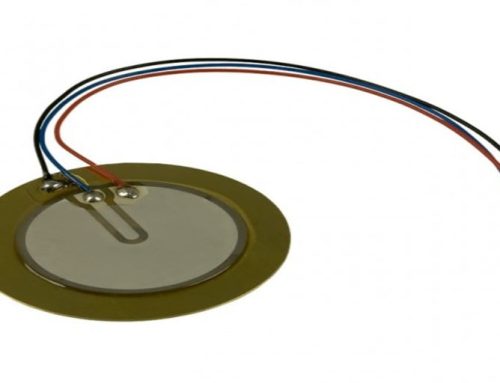

[…] of the 20th century, people had many electronic automated instruments for homes and buildings like washing machines, vacuum cleaners, refrigerators, and more. So, why should not use electric glass or smart window […]
[…] IoT devices present to serve and improve the lifestyle of human beings, whether it is Smart AC or Smart Washing Machine. Today we are going to discuss one more IoT for your home to make them smart and secure. This smart […]
[…] problem to the appliances. It protects any electronic appliance like Air-Conditioner, Refrigerator, Washing machine, and much […]